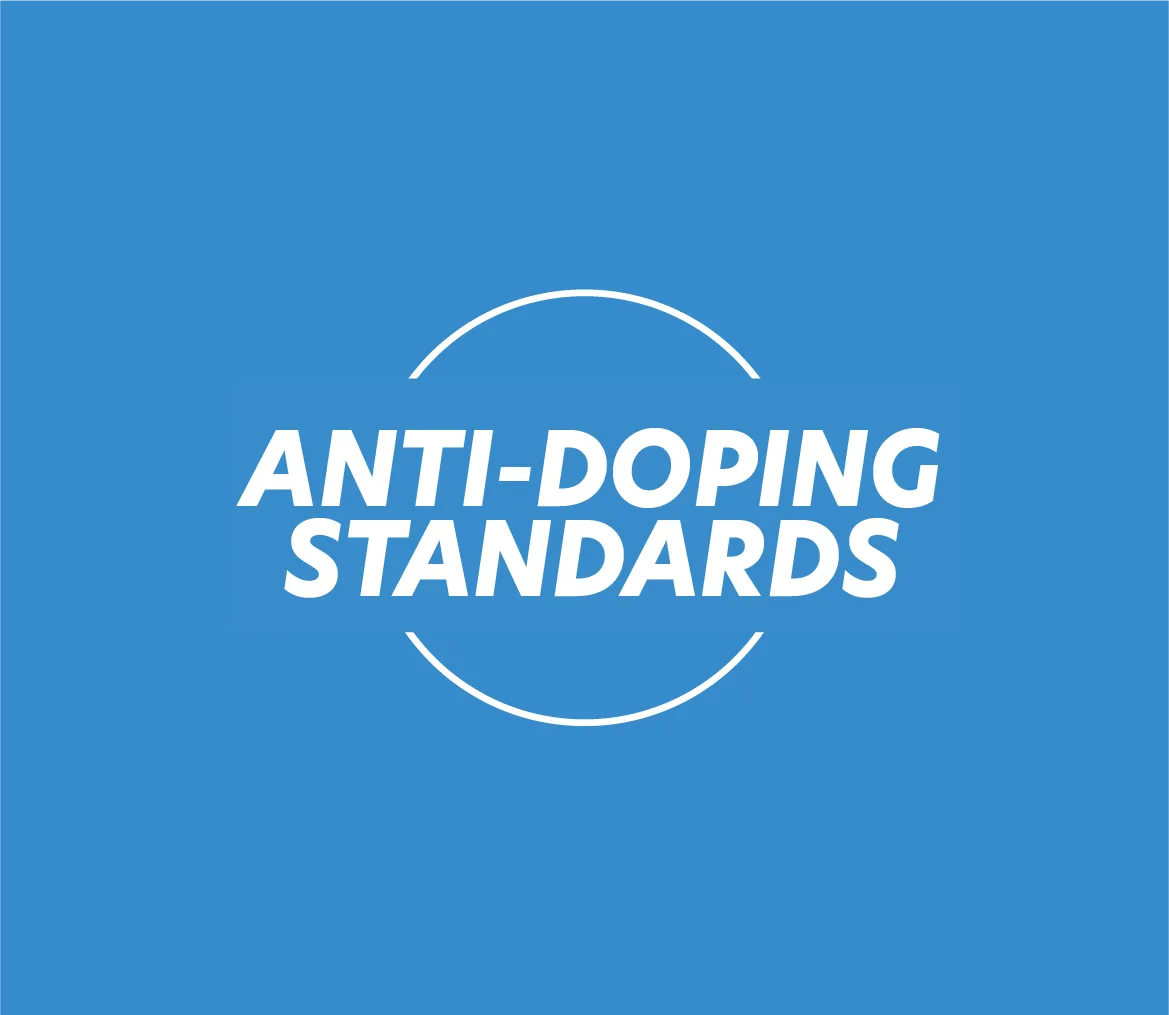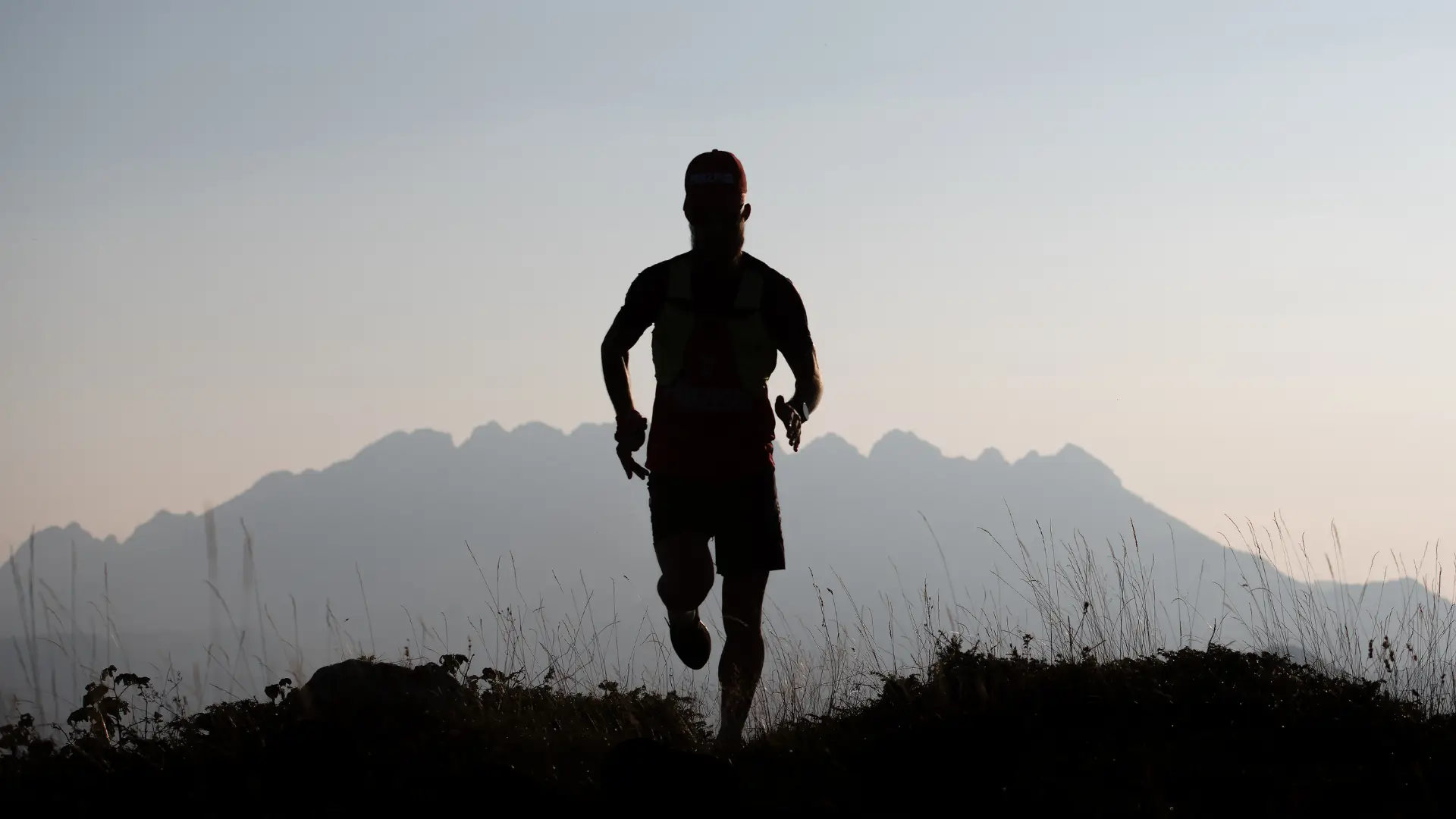2024 will go down in the annals of French trail running: with 1,060,000 results recorded, our country passes the million finishers mark for the first time. A near doubling since 2015, confirming the explosion of a discipline that has become a major part of the running landscape.
Things to remember:
↳ 1,060,000 trail results in 2024, +92% since 2015
↳ Trail now overtakes road with 52% of organized races
↳ 4,968 organized races in France, up from 2,570 in 2019 (+93%)
↳ Auvergne-Rhône-Alpes confirms its dominance with 1,693 events
The million: a powerful symbol for a changing discipline
With 1,060,000 results recorded in 2024, the French trail has reached a symbolic milestone, testifying to its profound transformation.
In less than a decade, this discipline has almost doubled its volume of participants, from 553,000 results in 2015 to over a million today.
However, this trend is not to the detriment of other disciplines, as shown by the trend curves for running and marathons.
This growth of 92% over 9 years places France among the world's most dynamic trail nations, confirming the growing appeal of this sport that combines sport and nature.
2023: the year of historic reversal
Beyond the symbolism of the million, 2024 confirms a more profound revolution: trail running has become a major part of the French running landscape. With 52% of organized races now run by trail runners, compared with 48% for road runners, this historic inversion, which began in 2023, is redrawing the map of French running.
This transformation can be explained by several converging factors:
- The paradoxical COVID-19 effect: despite 80% cancellations in 2020, the pandemic generated a boom in individual running, with +2.1 million neo-runners. 17% of today's runners discovered running during this period, often in the great outdoors.
- The search for meaning: motivations are evolving towards well-being (76% of users) rather than pure performance, favouring natural routes over urban ones.
- Democratization: with an average of 215 participants per trail race (compared with 439 for road races), these events remain more accessible and convivial.
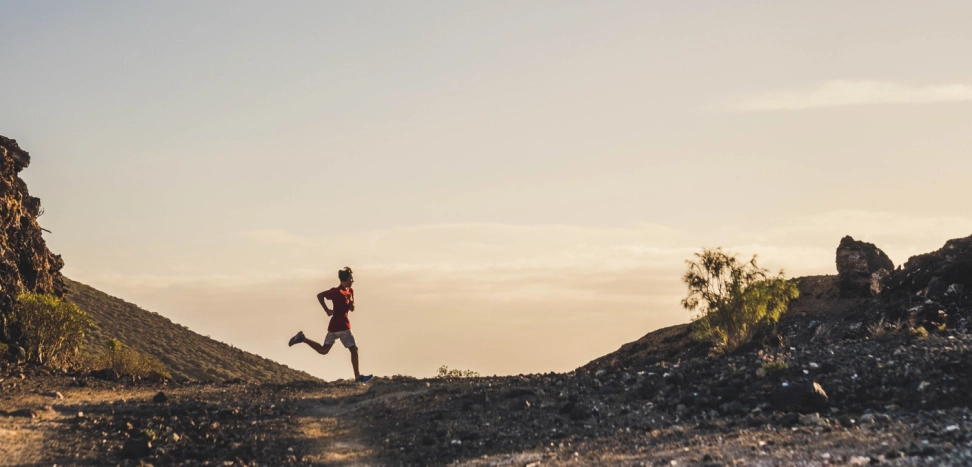
Auvergne-Rhône-Alpes: France's trail capital
Geographical distribution reveals a marked concentration: Auvergne-Rhône-Alpes alone organizes 1,693 races, i.e. almost 40% of the national offering.
This dominance can be explained by geographical factors (ideal mountainous terrain) as well as cultural factors (strong alpine tradition, presence of major events such as the UTMB or the MaXi-Race).
Île-de-France boasts an interesting paradox: with only ~600 organized races, it generates 403,000 results, or an average of 521 finishers per event - the highest in France. This concentration reflects the region's population density and high purchasing power.
Pays de la Loire is emerging as the most dynamic region, with +22% growth by 2023, testifying to the harmonious development of the trail throughout the region.
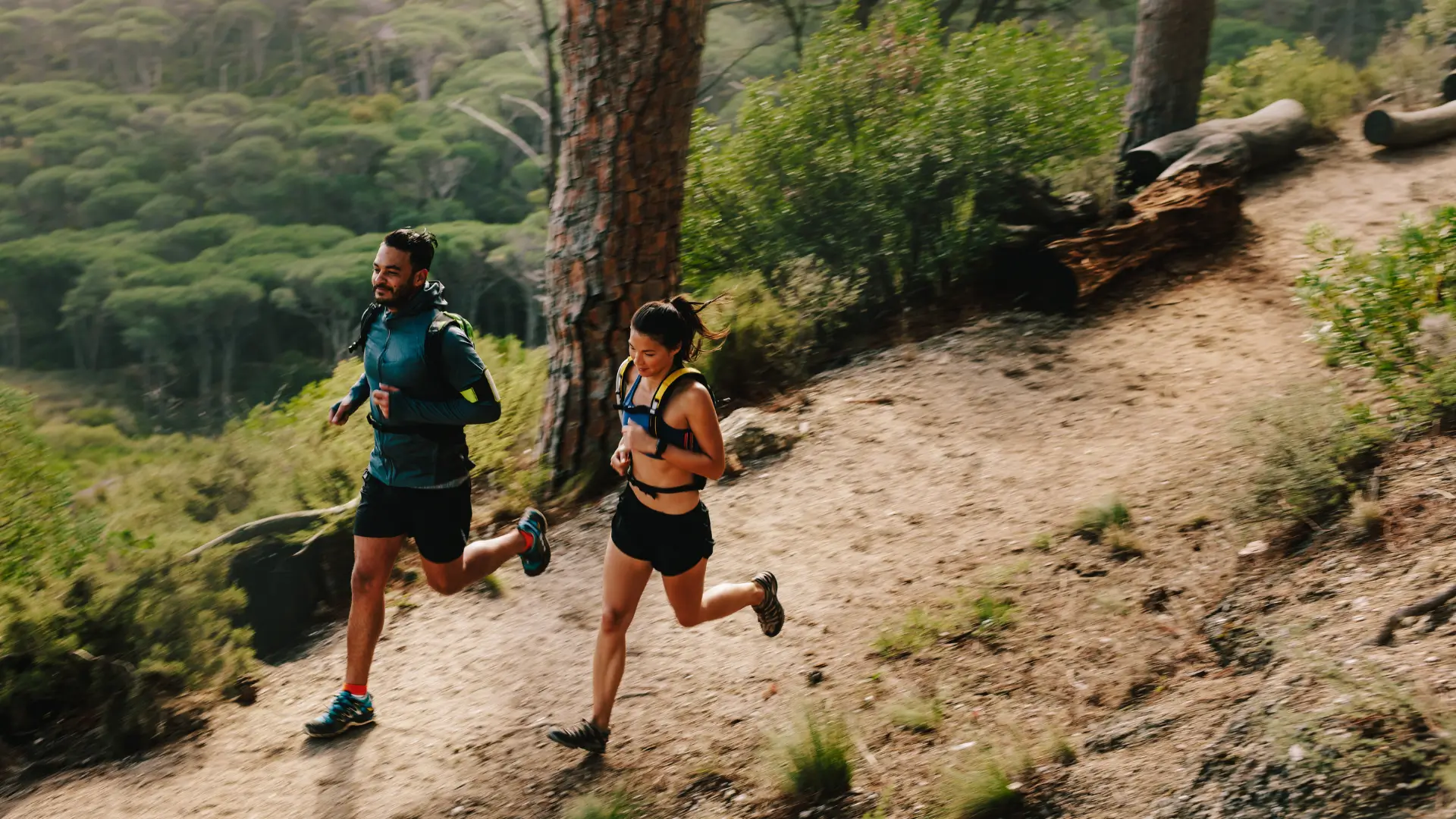
An increasingly professional discipline
An analysis of the 4,968 races organized in 2024 reveals a significant move upmarket. The introduction of the Parcours Prévention Santé (PPS) has simplified administrative procedures, while digitalization has enhanced the participant experience.
This professionalization is accompanied by a diversification of formats:
- Discovery trails to democratize the sport
- Ultra-trails for endurance enthusiasts
- Urban trails on the outskirts of cities
- Child-friendly family formats
The post-COVID trail
Beyond the numbers, the explosion of trail running reveals some profound societal changes. The health crisis has accelerated a quest for nature and well-being that finds a perfect response in this discipline.
The new runners have a new profile:
- 40% under 35 (+10 points vs. pre-COVID)
- 35% are women (+6 points vs. 2019)
- Average age: 40.3 years, reflecting a rejuvenation trend
This democratization is accompanied by a change in mentality: we're moving away from a purely performance-based approach to a quest for balance and disconnection.
Towards 1.5 million by 2027?
Projections suggest that this exceptional growth will continue. With an expected increase of 10-15% in the number of races per year and 5-10% more participants, the milestone of 1.5 million results could be passed as early as 2027.
This dynamic relies on several levers:
- Development of under-exploited rural areas
- Innovation in formats (inclusive, corporate trails)
- Stronger institutional support from the FFA
- Growing appeal of nature activities
However, challenges are emerging: saturation of slots, growing environmental constraints, inflation of registration costs. The trail movement's ability to maintain accessibility while becoming more professional will be decisive.
Whey protein to optimize trail recovery
As the number of runners increases, so does the appeal of healthier nutrition and better recovery.
Here, for example, are the statistics for visits over the last 16 months to our dossier on choosing the best whey for running and trail running.
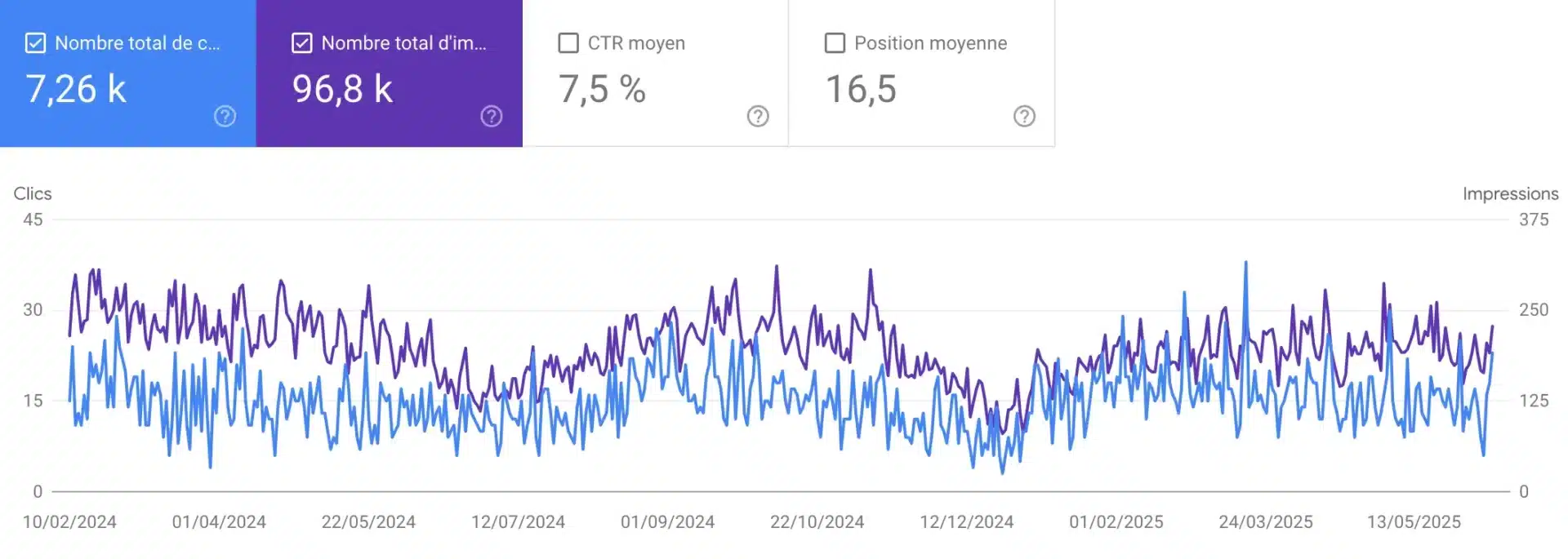
For runners, whey protein offers specific benefits that go beyond muscle mass gain.
Why whey for trail running?
A study1 showed that whey supplementation improved physiological adaptation in endurance athletes.
Whey promotes better recovery thanks to its essential amino acids and BCAAs, which repair muscle micro-injuries caused by endurance effort.
Key mechanisms :
- Muscle repair: amino acids help reconstitute damaged tissue after exercise
- Muscle sparing: limits muscle wasting by supplying amino acids to prevent the body from using up muscle.
- Accelerated recovery: improves healing of micro-injuries and reduces muscle soreness
Choose a whey without additives or sweeteners, made in France and produced by responsible farmers. Additives are often chemically synthesized, and although they are authorized, there is no evidence that some additives, particularly sweeteners, are totally safe for long-term use.







